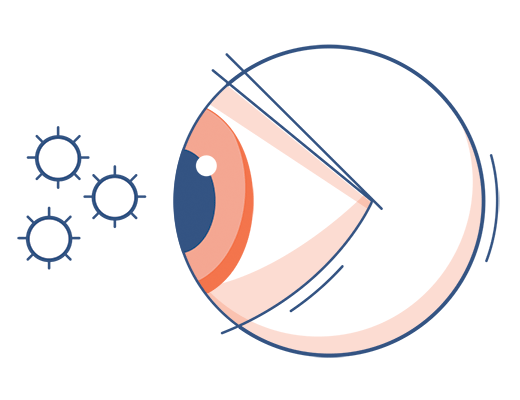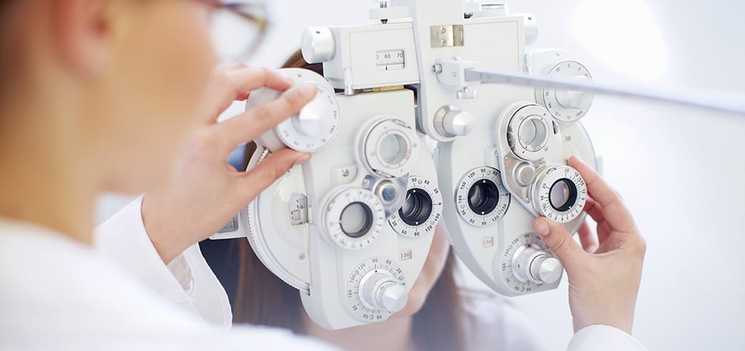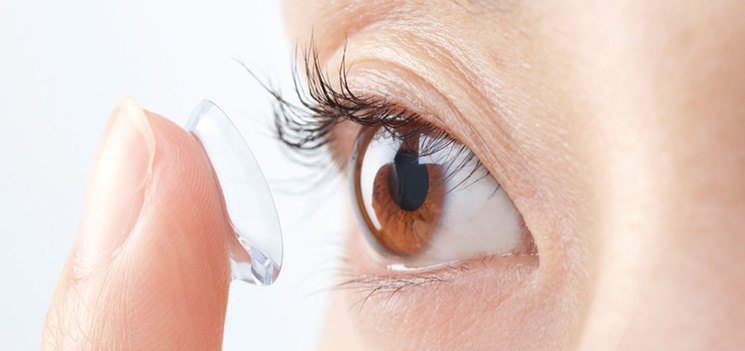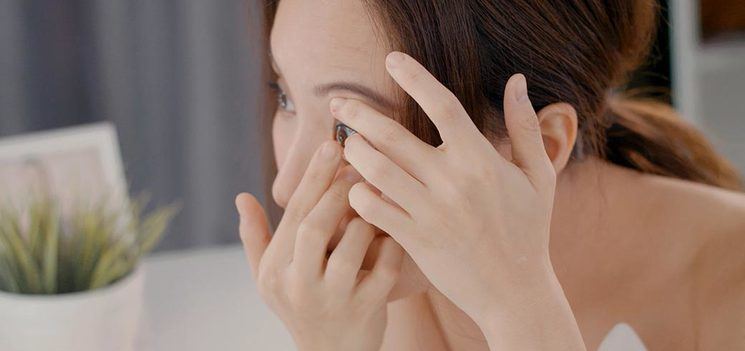Eye Allergies
If you haven’t had an eye allergy before, then you may not be able to appreciate how annoying, debilitating and uncomfortable they can be! In fact, eye allergies can really affect quality of life, limiting and reducing the enjoyment of any activities you participate in. Luckily, they are relatively easy to manage with the right precautions and medications as advised by a qualified eye care professional. Unlike bacterial or viral conjunctivitis, allergic conjunctivitis is not contagious.1
Eye allergies can affect anybody, even if you haven’t suffered from them before. Another point to consider is children experiencing eye allergies. If you are a parent or guardian, it’s very important to be observant for any eye irritations.
Eye allergies range from a slight irritation to severe discomfort and may even affect vision. They may not always present in a typical manner, which include the following symptoms1:
- Redness in both eyes
- Itchy, burning eyes
- Watery discharge
- Swollen eyes
- May be accompanied by hay fever and sneezing

My Son’s Experience with Eye Allergies
As a mother, I worry a lot about all aspects of our children’s health, especially when things change suddenly or unexpectedly. Over the course of about two days, our healthy and energetic three-year-old started displaying very disconcerting behavior, blinking his eyes repeatedly, sticking his tongue out and making awkward faces. He was also covering his left eye almost constantly and was extremely photophobic (averse to light). However, his temperature was normal, and he was otherwise fine.
When I asked him ‘why do you keep blinking?’ and ‘what’s wrong with your eye’ he would say ‘oh – it’s because the sun shines in my eyes and the seeds grow grass inside my eye’… ‘You mean you can see something inside your eye?’…. ‘No there’s just grass inside my eye’. And so, it went on…
There was apparently no pain, redness, swelling, discharge or itchiness and he could see clearly. He didn’t seem to be rubbing his eye but covering one up as if to protect it. With his constant blinking and pulling odd faces we were concerned – is this new habit going to last forever?
We looked up nervous tics and other causes of photophobia (some which can be quite serious). Nothing seemed to fit the bill, so we decided to take him to an eye care professional. In a few glimpses with the slit-lamp, there was a sign of ‘papillae’ (inflamed tissues inside the eye lid) – a sign of eye allergies.
After a couple of doses of a prescribed antihistamine medication, he was back to his normal self. We kept this up for a few days, and his symptoms flared up occasionally but quickly settled down and now after several weeks completely gone. I felt extremely relieved as he is now back to his usual self and he can easily resume his daily activities.
Through my own experience, I have learnt that self-medicating may not work – for example the dosage may not be correct, and some eye drops can even make symptoms worse2. Whenever in doubt, it is advised to seek the advice of an eye care professional. By using devices like slit lamps, they are able to diagnose issues and recommend a management plan more easily. Eye care professionals may also look for signs of related conditions such as dry eye syndrome which can exacerbate allergic eyes.3
Your eye care professional may also be able to provide advice that is specific for you such as reducing common sources of allergens – dust mites, smoke, dander, pollen and cleaning chemicals.
One thing is for sure – never just ‘put up with’ eye discomfort. Although many allergies result from contact1, I may never know the exact source of my son’s allergy. It’s reassuring, however, to know how to spot symptoms in the future and be better able to treat them.
- Australasian Society of Clinical Immunology and Allergy https://www.allergy.org.au/images/pcc/ASCIA_PCC_Allergic_Conjunctivitis_2019.pdf
- Sarkar J, Chaudhary, Namavari A, et al. Corneal neurotoxicity due to topical benzalkonium chloride. Invest Ophthalmol Vis Sci 2012;53(4):1792-1802.
- Middle East Afr J Ophthalmol. 2015 Oct-Dec; 22(4): 467–471. Dry Eye Syndrome and Allergic Conjunctivitis in the Pediatric Population, Handan Akil, Fatih Celik,1 Fatih Ulas,2 and IlknurSurucu Kara3
Article written by Shirley Loh, who is a mother of one, and Associate Director Professional Education Solutions Johnson & Johnson Vision Care South East Asia














